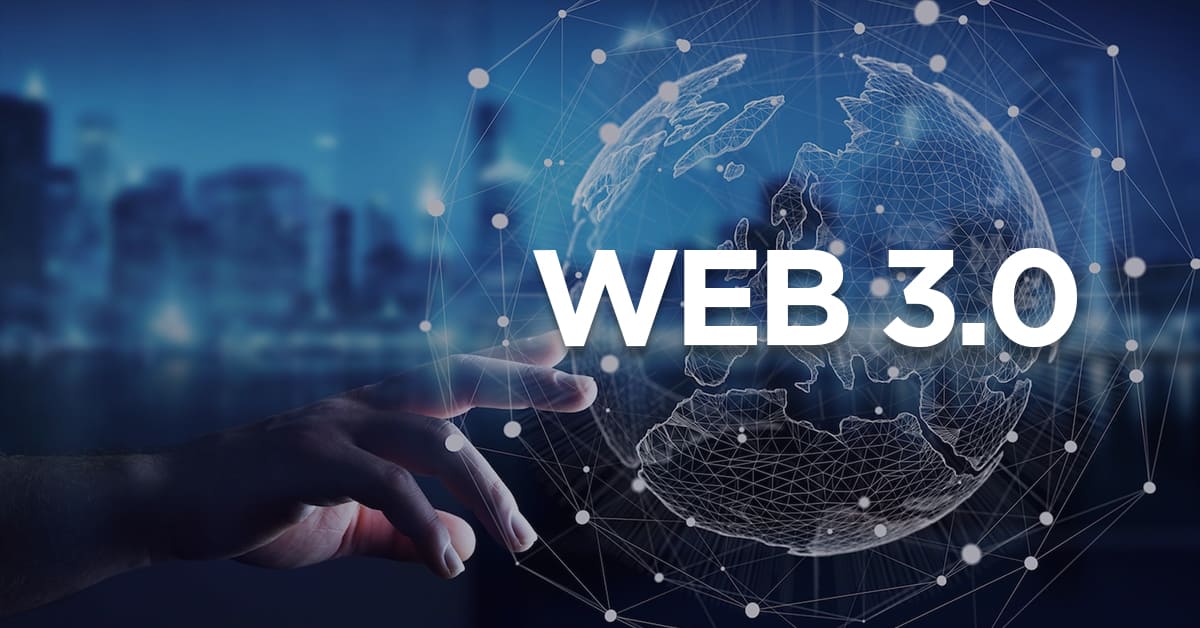
Web3 in the Past Month: Innovation, Volatility, and the Road Ahead
The last month has been a whirlwind of activity in the world of Web3, marked by technological innovation, regulatory developments, market fluctuations, and a growing sense of both maturity and experimentation across decentralized platforms. From high-profile partnerships to surprise airdrops and emergent use cases, Web3 continues to assert itself as a transformative force—one that is steadily shaping the future of digital ownership, finance, and identity.
Market Sentiment and Volatility
Crypto markets remained volatile over the past few weeks, with Bitcoin hovering near psychological resistance levels and altcoins reacting to macroeconomic signals and regulatory speculation. While some tokens experienced short-term rallies due to ecosystem-specific news, the overall sentiment has been cautiously optimistic. Ethereum gas fees spiked mid-month due to heightened DeFi and NFT activity, underscoring the continued relevance—and bottlenecks—of Layer 1 protocols.
Solana, in particular, maintained strong momentum after a month of increased developer activity and investor confidence. Its speed and low transaction costs continued to attract projects migrating from congested Ethereum-based networks. The SOL token saw steady gains, partially fueled by buzz around new DeFi protocols and community-led NFT initiatives.
Airdrops, Gaming, and User Incentives
Airdrops once again took center stage in the Web3 space. Several projects launched long-anticipated token distributions, including players in the Layer 2 and modular blockchain arenas. The sheer volume of wallets interacting with protocols like StarkNet, zkSync, and Blast has highlighted the ongoing hunger for user incentives and early participation rewards. However, these airdrops have also sparked debates about sustainability and the long-term value of token-driven growth.
In Web3 gaming, the momentum continued to build. Projects such as “Shrapnel,” “Pixelmon,” and “Aurory” saw rising engagement ahead of beta releases and token launches. Meanwhile, gaming guilds and launchpads intensified their focus on quality over quantity, pushing for more immersive experiences and scalable economies rather than just speculation-driven models. Interoperability between games and marketplaces also showed improvement, particularly within ecosystems like Ronin and Immutable.
DeFi Resilience and Evolution
DeFi continues to evolve beyond simple yield farming. The last month witnessed a surge in innovative liquidity models and real-world asset integration. Protocols are increasingly incorporating tokenized treasury bills, stablecoin yield strategies, and on-chain lending backed by real assets. This signals a move toward broader institutional appeal and attempts to legitimize DeFi as a real financial alternative—not just a high-risk playground.
Newcomers such as Ethena (via its USDe synthetic dollar) have generated buzz by offering alternative stability mechanisms to traditional stablecoins. Meanwhile, protocols like EigenLayer and Pendle continue to gain traction by offering novel yield models and restaking mechanisms. The competition is pushing DeFi to rethink user experience, interface design, and modular architecture.
Regulation and Global Dialogue
On the regulatory front, the Web3 world remained on edge. In the United States, discussions around Ethereum ETFs, tax reporting rules, and stablecoin regulation remained in flux. Europe made headlines with more MiCA (Markets in Crypto-Assets) framework developments, signaling a future where Web3 innovation may increasingly be shaped by regulatory clarity—whether protective or restrictive.
Latin America and Southeast Asia emerged as innovation hubs, with governments showing signs of cautious optimism. In Brazil, Web3 adoption among fintech startups and independent developers increased, fueled by better access to Layer 2 solutions and localized Web3 education initiatives. Across the Philippines and Vietnam, gaming and DeFi adoption remains impressively high, showing the power of Web3 tools in economies with underdeveloped traditional finance infrastructure.
Identity, Social, and Culture
Beyond finance, Web3 is increasingly influencing online identity and culture. Lens Protocol and Farcaster—two decentralized social networks—have gained momentum, offering real alternatives to mainstream platforms. The emphasis on user-owned content, portable identity, and censorship resistance is slowly carving out a unique cultural footprint in the social media landscape.
NFTs are also regaining cultural relevance, not just through speculative art but via music, ticketing, and collectibles. Snoop Dogg and other artists doubled down on blockchain-based fan engagement models. Brands like Adidas and Starbucks expanded their digital loyalty experiments using NFTs, showing that Web3 utility is growing beyond hype.
Challenges and Looking Ahead
Despite the positive developments, challenges remain. UX complexity continues to be a barrier to mass adoption, especially for non-technical users. The need for better wallet security, simpler onboarding processes, and real customer support has never been more urgent. At the same time, scalability and interoperability remain key technical hurdles, even as Layer 2s proliferate.
Still, the tone of the Web3 space has shifted. There’s a stronger emphasis on building long-term products, nurturing communities, and delivering sustainable value. Many of the “get rich quick” narratives are giving way to more grounded visions of digital sovereignty, community economics, and decentralized governance.
As we head into the coming months, it’s clear that Web3 is entering a new phase—one where innovation must meet usability, and hype must evolve into real-world impact. Whether in finance, entertainment, or identity, the decentralized web is becoming more than just a dream. It’s becoming a framework for how the internet—and the economy—might function in the decades ahead.
